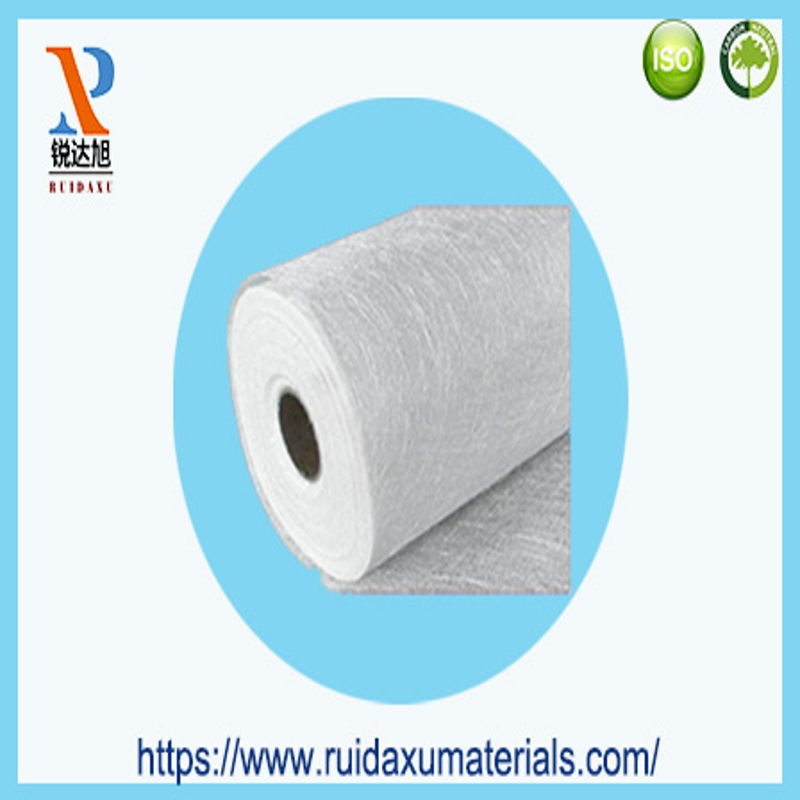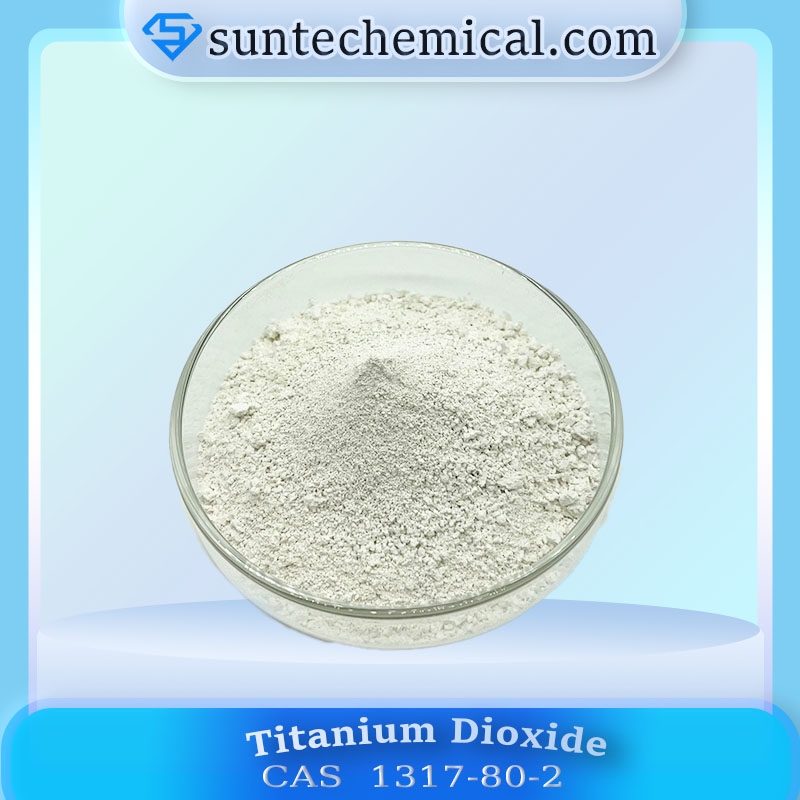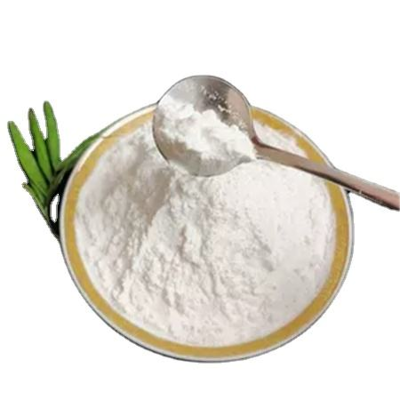-
Categories
-
Pharmaceutical Intermediates
-
Active Pharmaceutical Ingredients
-
Food Additives
- Industrial Coatings
- Agrochemicals
- Dyes and Pigments
- Surfactant
- Flavors and Fragrances
- Chemical Reagents
- Catalyst and Auxiliary
- Natural Products
- Inorganic Chemistry
-
Organic Chemistry
-
Biochemical Engineering
- Analytical Chemistry
-
Cosmetic Ingredient
- Water Treatment Chemical
-
Pharmaceutical Intermediates
Promotion
ECHEMI Mall
Wholesale
Weekly Price
Exhibition
News
-
Trade Service
Formulation characteristics
This product does not contain mercury and its compounds, and does not use lead, cadmium, chromium and its compound pigments to reduce or reduce the content of toxic and harmful volatile organic compounds and heavy metal ions as much as possible to ensure that the coating has better physical properties.
Reduce VOC to the lowest value, make the room have good indoor and outdoor air quality, and provide the comfortable environment that people need in life.
Application field
This product is used to protect and decorate the interior walls of buildings.
Recipe details (parts by mass)
Production Method
- (1) Nano-pre-dispersion and emulsion compounding: Under slow stirring (200 ~ 400r/min), add emulsion, water, and nano-pre-dispersion in sequence, and stir for about 1~2h until uniform, and then set aside.
Emulsion is the film-forming component of latex paint, which determines the performance of the paint film.
The core-shell structure emulsion refers to an emulsion obtained by using a polymer as a "seed" colloidal particle, then adding another monomer and initiator, and performing emulsion polymerization on the surface of the latex.
This system is preferably a soft core-hard shell particle structure emulsion.
Preferably, the emulsion with a lower minimum film-forming temperature (MFFT) is used as the film-forming substance of the nano-type healthy building interior latex paint; the core-shell structure emulsion can be used to prepare low-PVC and high-gloss coatings; the non-core-shell structure emulsion can be used to prepare high-gloss coatings.
There are many white pigments and fillers commonly used in latex paint.
Titanium dioxide: titanium dioxide, non-toxic, powdery, small particle size, high whiteness, high tinting power and hiding power.
Heavy calcium carbonate: white powder, one of the most commonly used fillers.
Kaolin: A mineral aggregate mainly composed of clays such as aluminum silicate and kaolin.
Talc: The main chemical component is hydrated magnesium silicate.
Ultra-fine aluminum silicate: a functional filler, pure white amorphous loose ultra-fine powder, low alkalinity.
As a low-VOC coating, this system guarantees product performance and at the same time, the selected additives are all zero-VOC or low-VOC values.
Dispersant: This system is preferably polyacrylate dispersant or polymaleate dispersant with good dispersibility (wherein sodium salt and potassium salt have lower VOC than ammonium salt).
Wetting agent: In order to achieve a better dispersion effect, improve the wettability of the base material and the pigment, promote fluidity, and inhibit the generation of foam at the same time, this system is preferably a poly (poly)phosphate wetting agent or/and a foam suppression type Non-ionic surfactant wetting agent.
Thickener: a rheological additive that can increase the viscosity of the coating, and at the same time endow the coating with excellent mechanical and physical and chemical stability, and play a role in controlling the rheology during construction.
The preferred types of thickeners in this system include cellulose thickeners, alkali-swellable acrylic emulsion thickeners and non-ionic associative polyurethane thickeners.
Fiber cord thickeners mainly increase the low and medium shear viscosity of latex paint, with high thixotropy and high yield value.
Alkali swelling acrylic.
Emulsion thickener mainly improves the low and medium shear viscosity, its yield value is large, and the thixotropy is large.
The non-ionic associative polyurethane thickener has a small yield value and good fluidity.
In this system, these three types of thickeners are selected for compound use, and the obtained coating has stable viscosity, fine and plump appearance, good storage stability, and good can-opening effect.Defoamer: Most of the additives in latex paint are surfactants, which make the system itself easy to foam or stabilize the bubbles.
The mixing of the paint in the production process, spraying or roller coating during construction will increase the freedom of the paint system to varying degrees and help the generation of foam.
The air in the foam will hinder the dispersion of pigments and fillers, leave bubbles in the dry film, and cause surface defects, which will damage the appearance and affect the water resistance of the paint film.
Therefore, it is necessary to use a low VOC defoamer compatible with this system To solve the bubble problem.
This system is preferably a polyether-modified silicone emulsion defoamer with good compatibility, and its insufficient defoaming performance can be solved by the synergistic effect of a foam-suppressing wetting agent.The pH adjuster is preferably non-volatile sodium hydroxide, potassium hydroxide, sodium carbonate, or the like.
Due to its large specific surface area, many particle micropores, strong adsorption capacity and high reactivity, nanomaterials play a significant role in increasing the viscosity of the coating and improving the bonding strength between the coating and the substrate.
Because of its (nano-silica) particle size is small, the molecular state is a three-dimensional network structure, there are a large number of hydroxyl groups and unsaturated residual bonds on the surface, and it has high reactivity.
When it is combined with emulsion, some of the nanoparticles may occur with latex molecules.
Bonding or grafting, the other part may also penetrate into the gaps between polymer chains and large-particle materials to form a unique three-dimensional network structure, thereby significantly improving the suspension stability and film-forming properties of the coating, and significantly improving the coating film Performance such as compactness, ductility, hardness and scrub resistance.The anti-mold fungicide is stably loaded on the nano-material, and the slow-release function of the nano-material can be used to achieve high-efficiency and long-lasting anti-mold and sterilization function.
This system is optimized for the nano pre-dispersion of Zhoushan Mingri Nano Material Co.
, Ltd.
The main components are: nano silicon oxide ≥ 20%, and inorganic antibacterial powder 3% to 5%.0.
5%~3% negative ion releasing material can also be added to the coating described in this product.
The negative ion releasing material can not overlap the positive and negative charge centers of each unit body, forming a permanent electrode, which has pyroelectricity and piezoelectricity.
When the external temperature or applied pressure changes slightly, an electric field and a small current are formed around it.At the same time, due to the existence of the dipole moment, the negative ion coating additives have excellent far-infrared functions.
Because each unit of the negative ion paint additive has a permanent electrode, when the water or oxygen molecules in the air contact with it, the permanent electrode discharges instantaneously, releasing negative ions (H3O2-, O2 -), which can neutralize and wrap free positive ions.
The charged formaldehyde, ammonia, benzene and other harmful gas particles make them form large particle clusters and settle down; negative ions can also neutralize oxygen free radicals and oxidizing gases (corruption odor) in the air, and the electric field formed by them can make organic matter The odor is decomposed, so as to achieve the purpose of purifying the air.Bacteria are mostly positively charged and are coated, neutralized or redox in the air by negative ions (negative ions have high activity), so as to achieve the purpose of antibacterial and sterilization (E.
coli, Staphylococcus aureus, mold, etc.
).
The preferred anion-releasing material of this system is the odd ice stone powder produced by the Taixing Nanomaterials Factory of the Institute of Solid State of the Chinese Academy of Sciences or/and the environmental protection functional material anion element produced by Beijing Langnuo Environmental Protection Technology Co.
, Ltd.Quality Index
- Contrast ratio (white and light color): 0.
95
Heavy metals/(mg/kg)
- Scrubbing resistance:> 20000 times without revealing the bottom
- Soluble lead: 7.
48 - Volatile Organic Compound (VOC)/(g/L): 1.
2 - Soluble cadmium: 0.
04 - Soluble chromium: 0.
076 - Free formaldehyde/(g/kg): <5 x 10 -3
- Soluble mercury: 1.
89 - Antibacterial rate/%:> 99.
99 - Anti-mildew performance: Level 0
- Skin irritation: None
- Contrast ratio (white and light color): 0.







